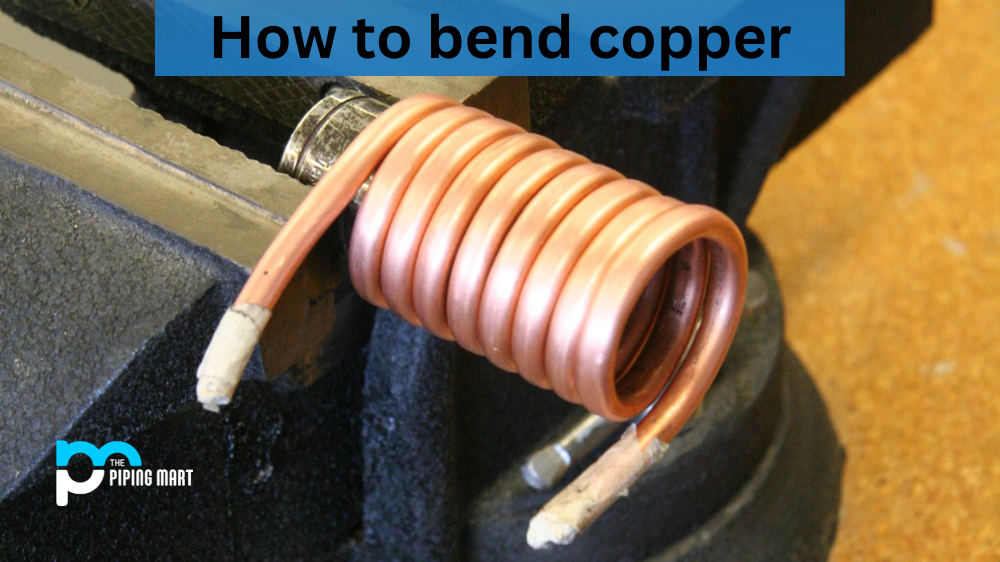Plain carbon steel is one of the most commonly used types of steel. It has a variety of applications, from automotive components to tools and construction materials. In this blog post, we’ll explore the different types of plain carbon steel, their properties, and how they are used in various industries.
Low Carbon Steel
Low-carbon steel is one of the most common types of plain carbon steel. Its name comes from its low carbon content – typically less than 0.3%. Low-carbon steel is highly malleable and easily machinable, making it an ideal choice for a wide range of applications, such as automotive parts, tools, and construction materials. It also has excellent weldability properties, which makes it great for welding projects.
Low Carbon Steel is a versatile and reliable metal with properties that make it suitable for a variety of applications. With its low carbon content, Low Carbon Steel does not harden quickly but has great formability for welding and machining. This makes it ideal for opportunities where the structure, size and shape of the metal needs to be frequently adjusted. At the same time, despite its low carbon content, Low Carbon Steel retains an impressive strength-to-weight ratio in comparison to other metals so projects requiring a strong foundation can rely on it. Its corrosion resistancy is also top of its class among other low alloy and carbon steels so there is improved longevity even when exposed to harsh elements for long periods of time. Low Carbon Steel truly is a no-brainer choice when choosing the right metal.
Medium Carbon Steel
Medium carbon steel has a higher carbon content than low carbon steel – usually between 0.3% and 0.6%. This type of plain carbon steel offers a greater strength and hardness than low carbon steel without sacrificing its machinability or weldability properties. Medium-carbon steels are often used in engineering applications such as gears, shafts, axles, crankshafts, bolts, nuts, and studs.
The high tensile strength of medium carbon steel also means that it has good fatigue resistance, making it perfect for applications with both static and dynamic loading. In addition, its ductility allows for strain rods to be produced with tight tolerances and machined with accuracy. For these reasons, it is widely used in the production of tools and machine components in industries ranging from automotive to aerospace.
High Carbon Steel
High-carbon steels contain between 0.6% and 1% percent C by weight. This type of plain-carbon steel offers superior strength and hardness compared to low and medium-carbon steels due to its higher C content but tends to be much more brittle than other types of plain-carbon steels because it can lose its ductility when heated too much (known as tempering). High-carbon steels are often used in knives, saw blades, springs, and other hardened tools due to their superior wear resistance compared to other types of steels.
High Carbon steel also has superior wear resistance properties, allowing it to resist abrasion and deformation more than other steels. Its corrosion-resistant properties also mean it can be used in wetter environments than other types of steel. Furthermore, its high tensile strength gives High Carbon steel the ability to bend but not break so it is used in tools and blades that must serve multiple purposes while maintaining their strength. All these qualities make High Carbon steel ideal for producing heavy duty products like axles, cranes and machine tools.
Conclusion
Plain carbon steel comes in three primary forms – low-carbon (the most common), medium-carbon, and high-carbon (the strongest but most brittle). Each type offers unique properties that make them suitable for different applications, such as automotive components or hardened tools like saw blades or knives. When choosing the right type for your project, it’s important to consider both your application requirements as well as characteristics, such as ductility or weldability, that may be influenced by the specific grade you choose. Understanding these factors will ensure you choose the right type of plain carbon steel for your project needs!

Pipingmart is a B2B portal that specializes in metal, industrial and piping items. Additionally, we share the latest information and information about materials, products and various types of grades to assist businesses that are involved in this business.




